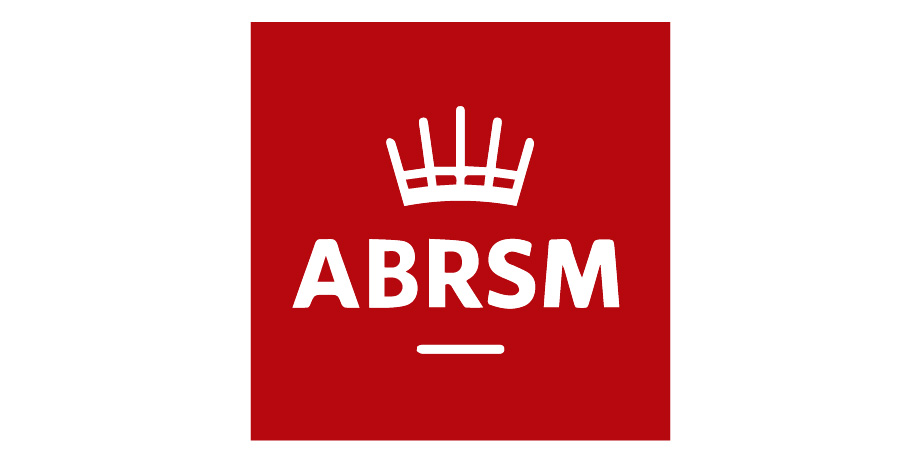- Learn the shapes of different arpeggios. Many of them share patterns, so if you learn one shape you can apply it to other arpeggios.
- Challenge yourself to play arpeggios in different inversions, you will need to for higher grades and many pieces.
Know where you are going
Students first encounter arpeggios at Grade 2 and are required to learn them hands separately. There is one very important principle for learning a new arpeggio: you must know where you are going.
When playing scales it is possible and even helpful to work out where you are going as you play it. This is not the case with arpeggios; you must know where your fingers belong before they have begun the movement to get there.
“To start with, arpeggios will require the slowest of tempos in order to become securely embedded in the pianists memory.”
For this reason I usually direct students to learn just one arpeggio every week, to avoid confusion. To start with, arpeggios will require the slowest of tempos in order to become securely embedded in the pianist’s memory.
Like scales, the purpose of arpeggio practise is not to get from Point A to Point B as quickly as possible, but to make a nice sound on each note. You can only do this is you know where you are going, and you can only know where you are going if you give yourself time to think.
Learn the shapes
In some ways, arpeggios are easier to learn than scales. While it may take longer to learn each individual pattern due to the large intervals in arpeggios, there are actually far fewer patterns to learn. Each scale has its own unique shape, whereas many arpeggios have the same shape.
Below is a table which groups arpeggios by shape, by which I mean the combination of black and white notes each one uses. Arpeggios that only use white notes are all grouped together, as are those that use just black notes. There are also groups for arpeggios that have a black note in the middle and for arpeggios that have black notes on the outside.
As you can see, when we group arpeggios together in this way we only have to learn four different patterns. As long as we know which pattern to apply to each arpeggio, then we only have to learn these four shapes.
You may notice that the table is incomplete - it is actually missing four arpeggios! These four are B major, B minor, B-flat major and B-flat minor. They have been left out because they each make their own unique shape, as described in the table below.
A word on inversions
At later grades, students are required to learn arpeggios in all of their inversions. This means that you will have to begin and end the arpeggio on any of the primary notes. This shouldn’t be too much of a challenge if you have been learning the broken chords from the early grades (I shall talk more about broken chords and their uses in the next blog post).
It is certainly beneficial to learn the arpeggios in every possible position, and it really isn’t as daunting a task as it first seems. When playing pieces it is rare to encounter arpeggios exclusively in root position, so if you can navigate them easily you will save yourself a lot of work!
shop.abrsm.org/ABRSM-The-Manual-of-Scales-Broken-Chords-and-Arpeggios/









